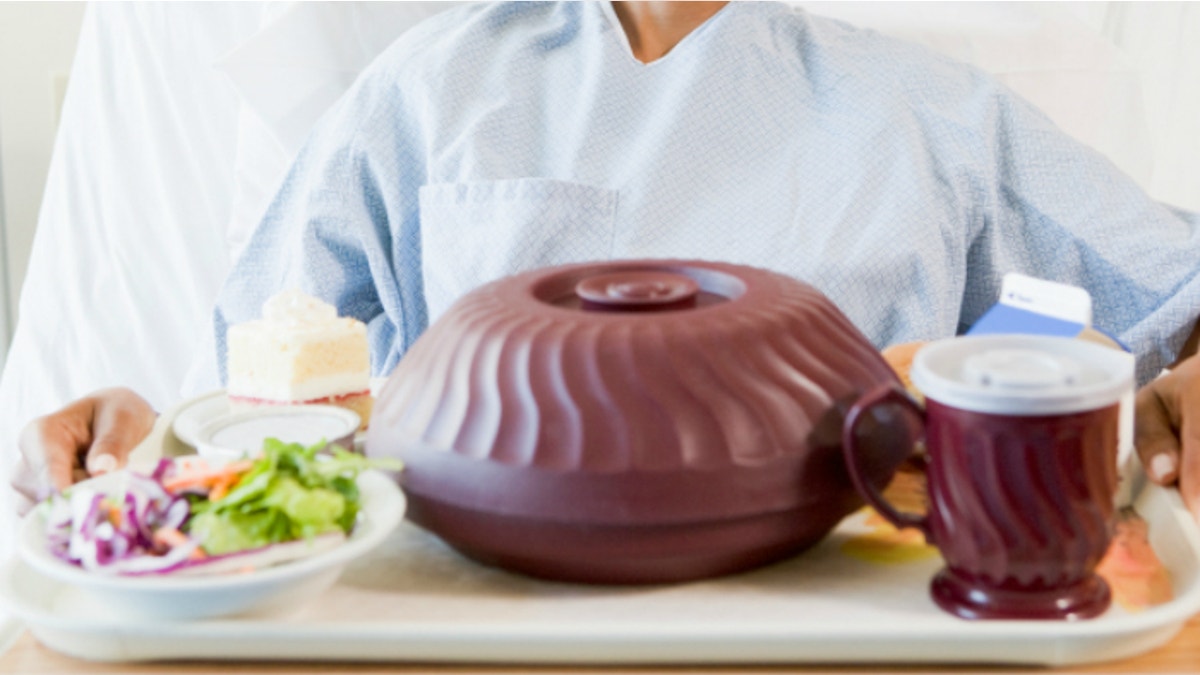
When you think of a hospital stay, you think of white walls, fluorescent lights and bad food. There isn’t much about the situation that makes you feel warm and fuzzy at the prospect of a stay. When I was in residency and worked in the hospital 24/7, I never ate hospital food if I could avoid it, and our patients felt the same way. Hospitals around the country are looking to change that – starting in the cafeteria.
Hospital food has long had a reputation as healthy, but bland. As time has rolled forward, experts have come to realize that the bland part may be true, but healthy is merely public perception. Pre-packaged, processed and fried foods reign the food line at most hospitals and are the last thing patients struggling with their health should be eating.
I’ve often visited patients on morning rounds and been shocked at what I found on their food trays, because the foods they were given weren’t healthy for anyone, let alone a hospital patient. Experts have come to learn that it is whole, fresh foods that nourish the body and help ward off disease. And, to keep people interested in healthy eating, it needs to be as delicious as it is nutritious.
The vital role of nutrition quality has gained traction in the fight against disease, leading health industry leaders to take a special interest in the food supply. In November, several hospitals in the United States and Canada were reported to be making balanced nutrition a top priority for anyone who enters the building.
For example, the Memorial Care System in California has introduced restaurant-style dining, room service and made-to-order meals to serve its patients, visitors and employees. Certain guidelines must still be followed to meet the needs of patients suffering from specific diseasese, such as low- and no-salt foods, but the menu has certainly evolved and offers more choices even when food restrictions are high.
The Memorial Care System has also committed to making calorie counting easy for employees and visitors by promoting the MyFitnessPal app and online tools. Dietitians have been recruited to conduct nutrition and fitness seminars – on and off campus – to promote the concept of total wellness at the hospital and in the community.
The nutritional policies of hospitals have always been and continue to be monitored by Medicare and Medi-Cal, accreditation agencies and the Academy of Nutrition and Dietetics. The recent changes at the Memorial Care System have been well received and may soon set the standard for hospitals around the country.
Changing the food system within the hospital has proven to enhance a patient’s stay and boost employee morale. At the Kaiser Permanente Ontario Medical Center in California, the chefs are reporting enthusiasm for the new menu, including inquiries for recipes. One chef told the Los Angeles Daily News: “I try to do rounds throughout the hospital, meeting patients and asking them about the food, and I’ve found they are eager to talk about it. Many ask for the recipes, so I give them my business card and tell them to call.”
At Kaiser Permanente, chefs and registered dietitians work closely to design menus that will please all the senses and meet the needs of the patients. Reported menu items include salmon with lemon caper sauce, vegetable pasta, home-style meat loaf and pot roast.
Such gourmet, made-to-order choices seem like a costly venture, but this hospital has found a cooking method that reduces the expense and pleases the palate. Known as the precision cooking method, chefs create meals and vacuum seal small portions to lock in freshness during storage. When an order is placed, the meal is defrosted and warmed in a hot water bath. This makes it easy for patients to order what they want, when they want it.
One hospital director calls it “food therapy” – and who can deny the comfort that comes with appeasing your cravings? The white walls and bad lighting might still await your next hospital stay, but at least you know you will be fed well.




















